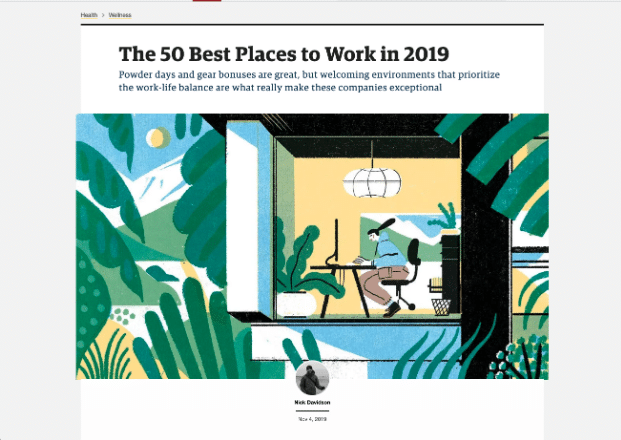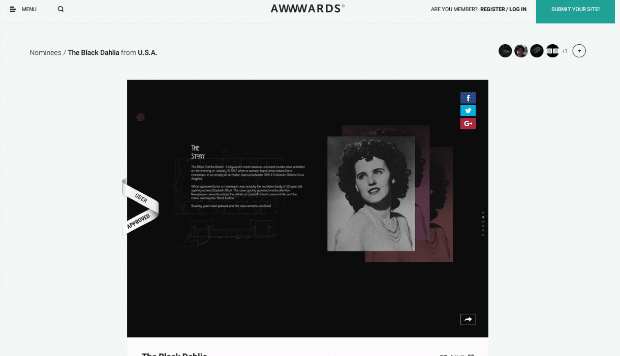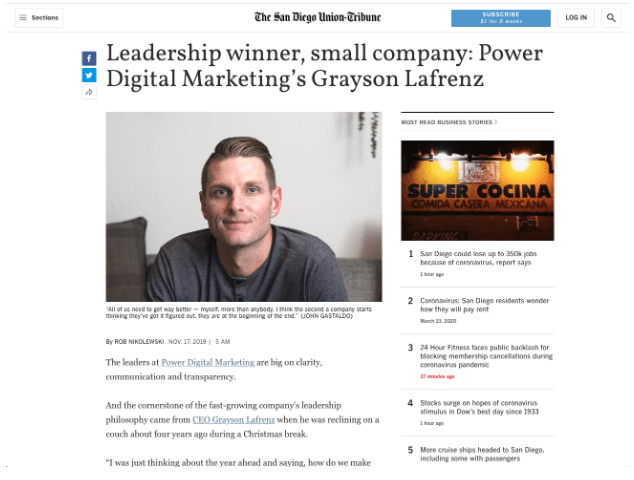Our blog
Power Digital Recognized by Outside Magazine as One of The 50 Best Places to Work

Table of contents
What makes a successful company run smoothly are the diligent people and of course their dogs, which is Power Digital at its core. We live by the motto “Work hard, play hard” and our team won’t stop till we hit our goals and more. Check out the full article below!

Link to Full Article:
https://www.outsideonline.com/2404274/best-places-to-work-2019
Our Editorial Standards
Reviewed for Accuracy
Every piece is fact-checked for precision.
Up-to-Date Research
We reflect the latest trends and insights.
Credible References
Backed by trusted industry sources.
Actionable & Insight-Driven
Strategic takeaways for real results.







